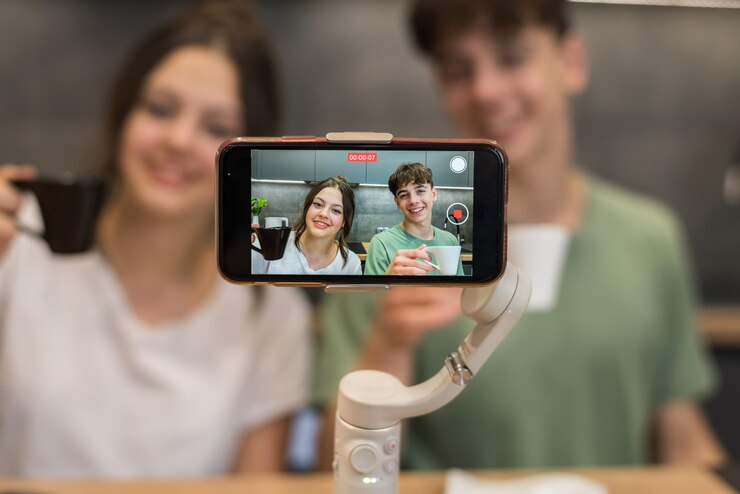As brands increasingly shift towards more personalized marketing strategies, micro-influencers are emerging as the new power players. With follower counts between 1,000 and 100,000, they represent a unique blend of reach and intimacy, offering businesses the ability to target specific communities with a high level of trust and engagement.
What sets micro-influencers apart is their deep connection with their audience. According to Influencer Marketing Hub, micro-influencers typically enjoy 60% higher engagement rates compared to their macro counterparts. This is because their smaller, niche followings often view them as more authentic and relatable. They are seen as everyday people rather than distant celebrities, and this fosters stronger brand loyalty and interaction.
The success of Daniel Wellington is a prime example of the micro-influencer effect. The brand didn’t rely on a single big-name celebrity but instead partnered with thousands of smaller influencers. This allowed them to build authentic relationships with a wider audience, helping them become one of the fastest-growing watch brands globally.
Furthermore, micro-influencers are driving remarkable ROI for brands. Capterra reports that for every $1 spent on micro-influencer campaigns, brands see an average return of $6.50. This high ROI is a result of their more targeted and engaged following.
In a landscape flooded with content, micro-influencers stand out by offering personalized, genuine experiences. As brands continue to value authenticity over sheer reach, micro-influencers are undoubtedly shaping the future of marketing.
